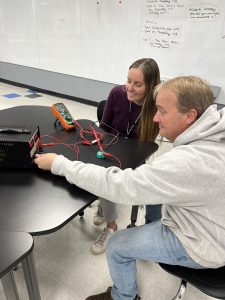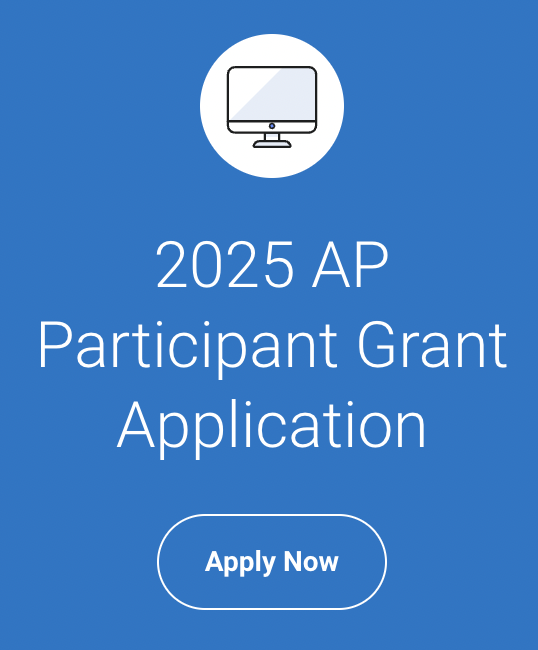 Michael Haskins currently teaches at Greenhill School in Addison, TX. He has experience teaching all levels of AP Physics (AP Physics 1, AP Physics 2, and both AP Physics C: Mechanics and AP Physics C: Electricity and Magnetism). In addition to teaching on-level and AP Physics, he serves as an advisor to a small group of Upper School students at Greenhill.
Michael Haskins currently teaches at Greenhill School in Addison, TX. He has experience teaching all levels of AP Physics (AP Physics 1, AP Physics 2, and both AP Physics C: Mechanics and AP Physics C: Electricity and Magnetism). In addition to teaching on-level and AP Physics, he serves as an advisor to a small group of Upper School students at Greenhill.
Michael has worked as a Reader, Table Leader, and Question Leader at the AP Physics Reading since 2015. Since 2022, he has been a member of the AP Physics 2 Development Committee which consists of a team of high school teachers and college professors that help create the AP Physics 2 exam and curriculum.
Michael has a B.S. in Physics from the Massachusetts Institute of Technology (MIT) and an M.A.T in Science Education from UT Dallas.
Why attend an in-person APSI? Meaningful discussions and collaborations! Opportunities to do hands-on activities and laboratory experiments.
Doing a hands-on rotational motion experiment helps AP Physics teachers prepare to teach this laboratory experiment to their students. This experiment will help students gain a better understanding of uniform circular motion and be better prepared to answer a circular motion question on the AP Physics C Test.
Physics C Mechanics and Electricity & Magnetism Course Description
The APSI will address pedagogy and curriculum. You will learn teaching strategies, contents, and other information necessary to maximize your success in teaching and your student’s success on the exam(s). Please remember to bring a laptop and calculator. It would be ideal if you complete the course audit (if you still need to do so) and ask the AP Coordinator at your school to authorize or update your AP course audit. This allows you to access AP Classroom resources.
We will focus on
-The new Physics C Course and Exam Description
-The sequence of teaching topics, planning, and pacing
-Inquiry-based lab activities
-AP Classroom and the resources available from the College Board
-Formative and summative assessment examples and ideas
-How to incorporate calculus
-Using technology, such as probeware and video analysis
-Best ways to prepare students for the multiple-choice and free-response parts of the AP Physics C Test
-Sharing and practicing of teaching, laboratory, and demonstration ideas
Description of images: AP Physics Teachers actively manipulate the voltage while investigating the charging of a capacitor in an RC circuit in order to determine its time constant. Students who did this experiment performed well on an AP Physics Test question assessing understanding of RC circuits.



An AP Physics C Multiple-Choice Test Question assessing student understanding of RC circuits.



